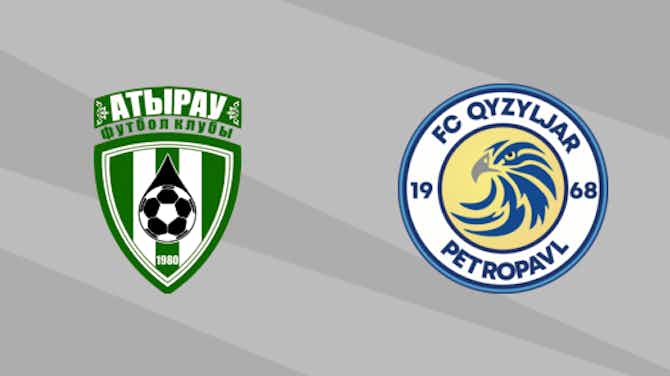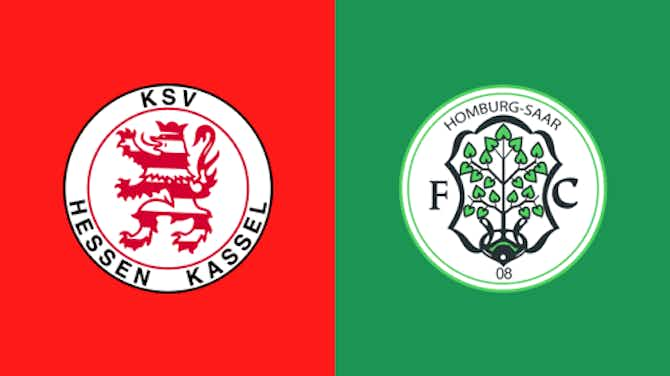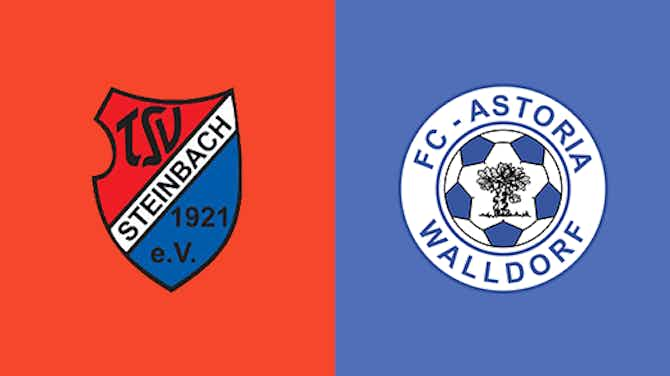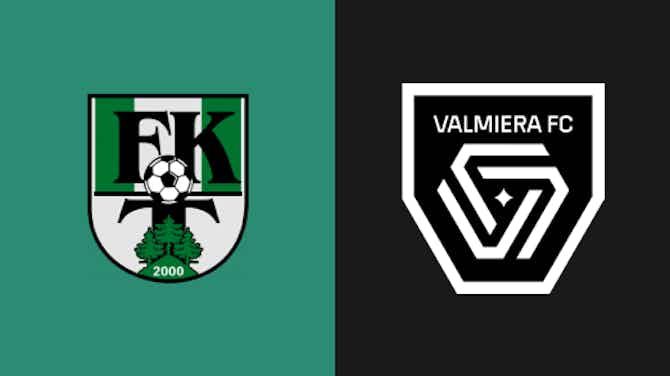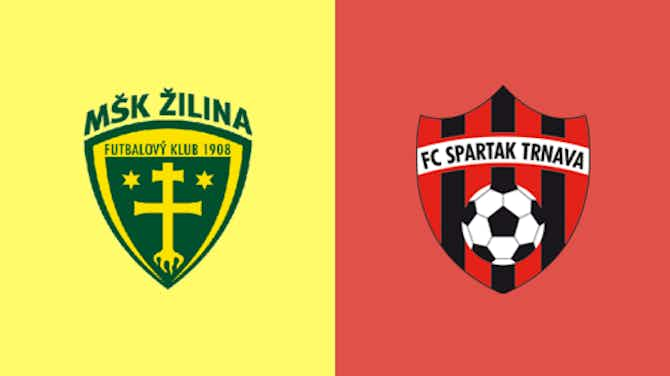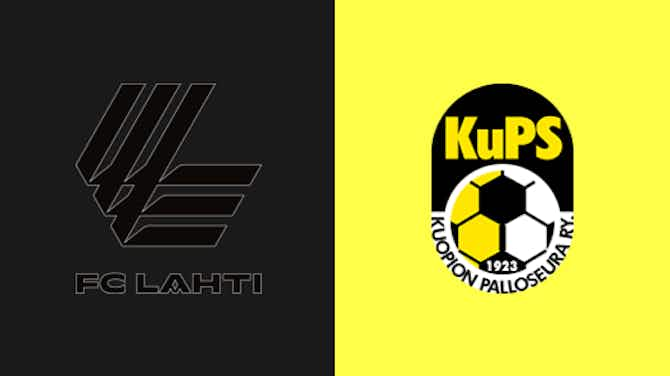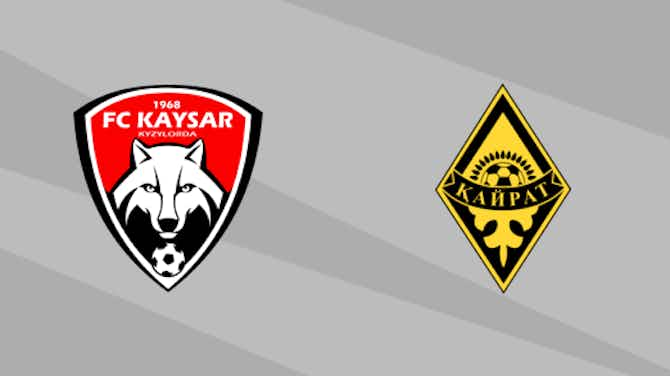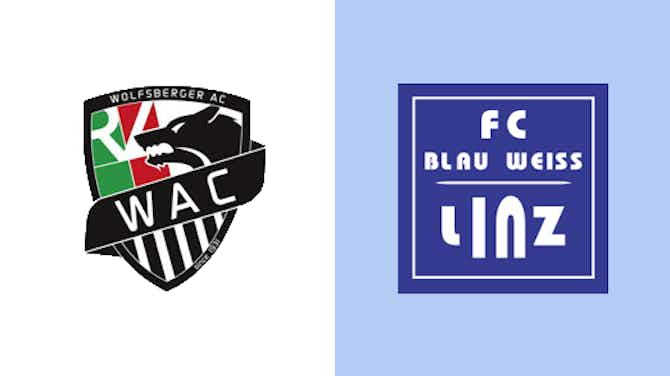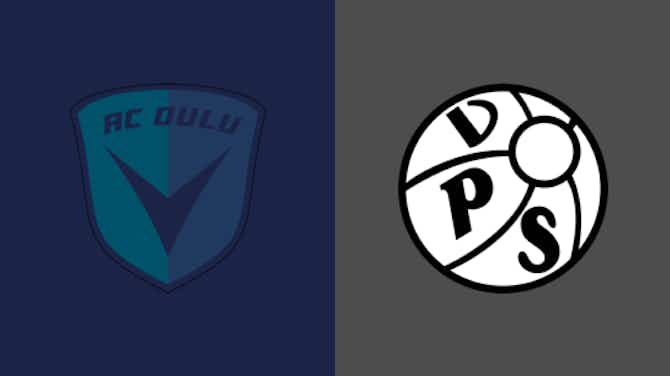The Football Faithful
·10 January 2021
How Waddle and the Owls became the beautiful losers of the nineties
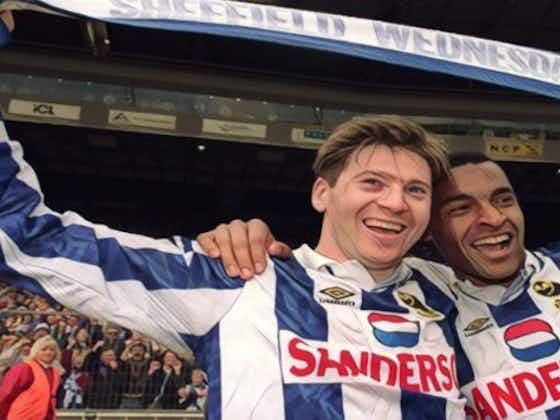
The Football Faithful
·10 January 2021

Johan Cruyff’s Holland or Jimmy the ‘Whirlwind’ White may bristle at the notion but there is a heroic kind of glory in losing beautifully and without compromise. It is a virtuous trait that even seven lost finals between them cannot diminish because their greater achievement was to illuminate what was aesthetically possible in the sporting arena and by doing so they secured a permanent place in all of our hearts. Surely this is a more meaningful legacy than lifting mere silverware?
To put the Sheffield Wednesday side of the early nineties alongside such company is admittedly a stretch but in the 1992/93 season, the Owls similarly thrilled us before falling at the last. They briefly flirted with winning the inaugural Premier League title. They reached both domestic finals. For a sustained spell they played as superheroes before reverting to being mortal when it mattered the most and this alone is enough to have them compared to the Dutch ‘beautiful losers’ (Cruyff’s words) or White’s extravagantly natural but ill-fated snooker. They reached for the stars then tripped up on a shoelace and because of this neutrals fell hopelessly in love with them, an affection that lasts to this day.
Yet on revisiting this era now it is an affection tinged with false memory because what becomes apparent even via a cursory glance is that while the Wednesday team as a whole is still recalled fondly, individually so many of its key components have been unfairly treated by time.
Take Trevor Francis, the player-boss who took on the reigns in 1991 after Ron Atkinson had guided the Owls back to the top flight before majorly messing them around: insisting he was staying before jumping ship to Aston Villa. In their first campaign back among the elite the managerial novice Francis shrewdly retained the nucleus of a cracking side and made Wednesday one of the stories of the year, leading them to third. It was the club’s highest league standing since the days of Ron Springett and Peter Swan.
That summer he lured Chris Waddle back from France for £1m with the winger swiftly establishing himself as a prince of Hillsborough. He won the FWA Footballer of the Year. He scored a free-kick in the all-Sheffield FA Cup semi-final at Wembley that mirrored Gazza’s from two year’s earlier to a quite eerie extent – a stand-out star of Italia 90 dropping a nation’s jaw by walloping a long ranger early doors against a local rival. Waddle was amazing for Wednesday.
Francis’ only other significant signing that season was Mark Bright, purchased again for a perfectly reasonable fee. The former Palace forward scored six times in their League Cup adventure and then notched the winner in the FA Cup semi. He was the Owls leading goal-scorer for three seasons running.
If his transfer business was impeccable Francis was also responsible for one of the most remarkable and successful conversions of a player in modern times. At the beginning of the campaign, Paul Warhurst was a fairly decent centre-back who could hold his own in midfield if necessary. By May he was a prolific forward whose 12 goals in as many games earned him an England call-up in his new role.
It could be argued that Wednesday have never fully recovered from Francis’ departure in the mid-nineties yet disgracefully only negative tropes come to mind when we think of him now? That he was once sacked on his birthday. That he was an infinitely better player than he was a manager. That he once failed to sign Eric Cantona despite having him on trial.
David Hirst is another erroneously recalled. An image persists of him as a willing runner and traditional target-man, two descriptions designed to belittle. In actual fact, Hirst was lethal with both feet and a reliable goal-machine as 149 in 358 appearances for the Owls testifies. Sir Alex Ferguson tried to sign him on six occasions and his regular absences through injury in 1993 made his team’s achievements all the more extraordinary.
Then we get to Carlton Palmer, a midfielder who has come to symbolize England’s stubborn attachment to stone-age simplicity while Europe embraced technical adroitness and funky possession.
Whether that assessment is fair or not, Palmer ran the show for Wednesday during this most memorable of seasons. He bossed midfields, a powerhouse who timed his runs astutely to disrupt opposing defences while his athleticism perfectly complimented the artisan guile of John Sheridan.
Other players of note included Viv Anderson at the back, firmly in the twilight of a distinguished career and determined to relish every last second of it. In John Harkes and Roland Nilsson meanwhile, Wednesday had cleverly mined two territories in America and Scandinavia still relatively unexplored, bringing in a duo who were consummate and consistently so. If either player had a poor game – they never did – it would have made the back page of the Yorkshire Evening News.
Given that this was such a bonanza year for the Owls it is surprising how poorly they began it. Indeed by Christmas they languished sixth from bottom having drawn too many games that were there for the taking. Ironically, it took another draw to propel them forward, with an exhilarating six-goal thriller against Manchester United on Boxing Day leading to an unbeaten spell that lasted until March. Wednesday were ahead 3-0 against the champions-elect and relinquishing such a lead could have further dented their confidence. Instead, something wonderful and intangible clicked that afternoon.
By the spring there were whispers of a title challenge but a home defeat to Aston Villa put paid to that and three weeks later came that most iconic and defining moment in the Premier League’s opening chapters when Steve Bruce kept United’s own title hopes alive with a 97th minute winner at Old Trafford.
From there, in the league Wednesday lost some momentum, their attention now having switched to the cups with a second League Cup final in three years beckoning after they turned on the style in their semi against Blackburn, prevailing 6-3 on aggregate.
A 2-1 loss to Arsenal at a packed out Wembley was a bitter pill to swallow, especially as the day started so brightly. Prior to kick-off fans joined congas outside the ground, doing the ‘Waddle wiggle’ and a carnival atmosphere took hold when John Harkes put the slight underdogs ahead. Sheridan found his passes. Waddle mesmerized. Warhurst threatened once or twice to add to his war-chest but ultimately it was to no avail as the Gunners first equalized, then lifted the cup courtesy of a Steve Morrow winner.
Soon after, it was hard to know who was in the most pain: Wednesday for missing out or the goal-scorer after Tony Adams dropped him in celebration, breaking his collarbone.
Still, there was significant consolation to be found in another cup final, after the Blades were blunted in a semi that engrossed a city and fascinated a nation.
On 15 May, Wednesday and Arsenal repeated their Wembley showdown, this time for British football’s showpiece event and on this occasion it ended 1-1, with a replay required to settle matters. Five days later the Gunners again won out, with the Owls’ fantastical journey ending in cruel fashion as Andy Linighan headed home in the final minute of injury time.
After giving us so much that year Francis’ team didn’t deserve that. A last-gasp depriving of glory is one thing, but for it all to come undone from a routine set-piece was incongruous. It felt like a raconteur was regaling a pub with a brilliant and long story only for the punchline to be interrupted by a landlord calling for last orders. A landlord minus a soul.
Towards the end of their campaign, Wednesday looked shot. A taxing 63 games had taken a toll and injuries were numerous, forcing Francis into rejigging his side and playing more than just Warhurst out of position. There was still magic in Waddle’s boots because his alchemy transcended fatigue but elsewhere his team-mates went through the motions, hoping that muscle memory got them through. Ultimately, it didn’t.
Yet when the 1993 cup finals are looked back on Arsenal barely figure. Paul Merson’s scheming and Ian Wright’s energy come to the fore and presumably Tony Adams bolstered both successes because he usually did.
Whereas that Wednesday side, by comparison, remains fresh and effervescent in the mind; invigorating and loveable. Waddle with his shoulder sloped; twisting and forever testing. Sheridan turning cotton into silk. Nigel Worthington and Nilsson acing their full-back duties in a manner two decades ahead of time.
It would be an exaggeration to wrap this up with a bow and claim they were a whirlwind of totaalvoetbal. But still, they were glorious losers who won our hearts.









